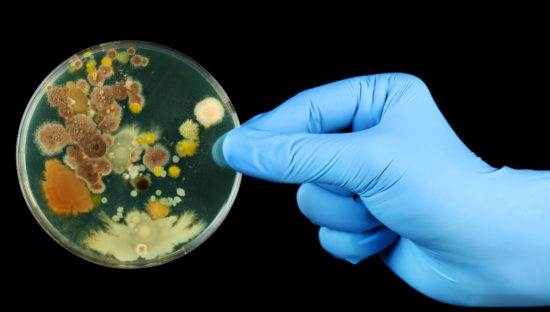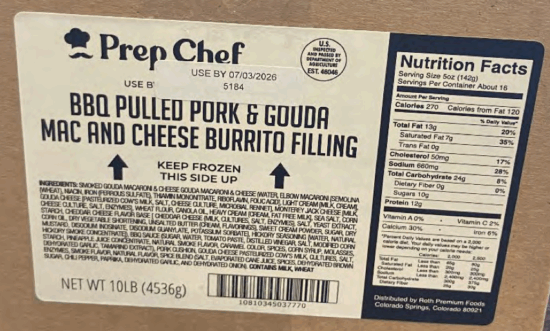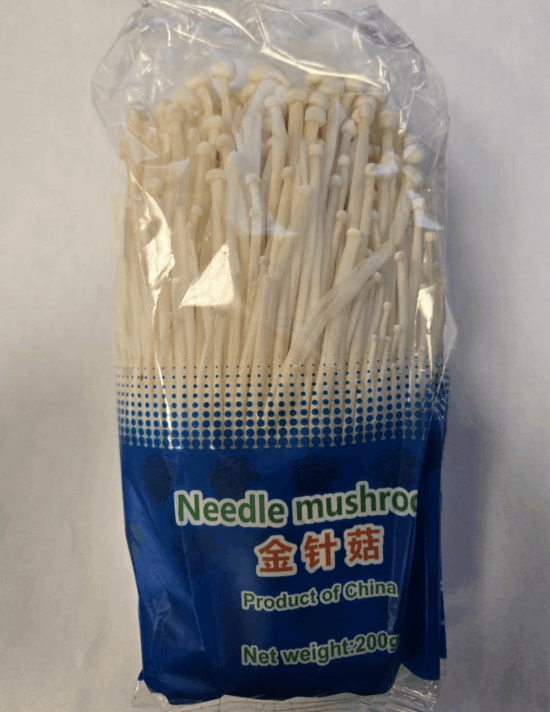New Zealand has reported E. coli, Clostridium perfringens and Vibrio outbreaks in recent months.
An outbreak of acute gastroenteritis associated with a food business was reported in Auckland in June. It involved 32 patients. Clostridium perfringens was identified in leftover food, and in clinical samples from a hospitalized person and two food handlers. An investigation into food handling practices was undertaken by New Zealand Food Safety and Auckland Council.
Also in June, there was an outbreak of Vibrio parahaemolyticus. Four people fell sick across three regions.
Patients had consumed raw mussels harvested from the same aquaculture growing area. All four cases were sequence type (ST)50 and were genomically clustered. The cluster was also closely related to previous outbreaks from 2020 to 2022. New Zealand Food Safety, mussel growers, suppliers and retailers encouraged consumers to cook shellfish thoroughly.
April and May outbreaks
Data comes from notifiable disease surveillance reports published bythe New Zealand Institute for Public Health and Forensic Science (PHF Science), formerly known as the Institute of Environmental Science and Research (ESR).
In May, an outbreak of gastroenteritis was reported among attendees at a large catered event in Waikato. The epidemic involved 100 patients, of which only seven were laboratory confirmed. Of the seven fecal samples obtained, enteropathogenic E. coli (EPEC) was detected in them all and Clostridium perfringens was found in four. However, no food samples were available for analysis.
Also in May, there were 110 Shiga toxin-producing E. coli (STEC) infections, compared with 78 for the same month in 2024. Hospitalization status was recorded for 96 confirmed cases, of which 33 were hospitalized and three cases of hemolytic uremic syndrome (HUS) were reported. The serotype was identified for 63 cases, of which 38 were non-O157.
In April, an E. coli outbreak was reported from the Waikato District among attendees of a school camp. The outbreak involved 26 patients, of which only three were laboratory confirmed. One person was hospitalized. The source was fecal matter from cattle at the campgrounds.
There were also two cases of taeniasis in April. Patients were both males and were aged 20 to 29 and 30 to 39. Both had consumed raw beef while overseas; one in Ethiopia and the other in Italy.
Yersinia study
Meanwhile, a PHF Science study has confirmed that fresh, unprocessed pork meat is an important source of Yersinia.
Yersiniosis is the second most-notified bacterial gastrointestinal disease in New Zealand, with infection rates tripling between 2010 and 2021.
Interviews with study participants with yersiniosis showed that infections lasted 18 days on average but some went on for as long as two months. A risk factor questionnaire was taken by 247 yersiniosis patients and 258 control participants from the Canterbury and Wellington regions.
One-quarter of people interviewed went to hospital, with one in six admitted. Some were hospitalized for up to 10 days. One parent reported taking up to a month off work to care for their young child who was suffering with diarrhea.
Researchers also collected food samples. When Yersinia was found, whole genome sequencing identified genetic matches that linked the bacteria in food to patients’ infections.
Pathogenic Yersinia enterocolitica was isolated from 74 samples. The prevalence was significantly greater for raw pork compared with raw beef or lamb. It was also greater for raw ground pork (mince), compared with other raw pork products.
“By linking yersiniosis cases with the consumption of pork and by enabling genetic comparisons between samples from different origins, PHF Science’s findings have helped NZFS confirm that pigs and pork play a leading part in the epidemiology of this complex pathogen, and supported our ongoing work with the pork industry,” said Vincent Arbuckle, New Zealand Food Safety deputy director-general.
(To sign up for a free subscription to Food Safety News, click here)



